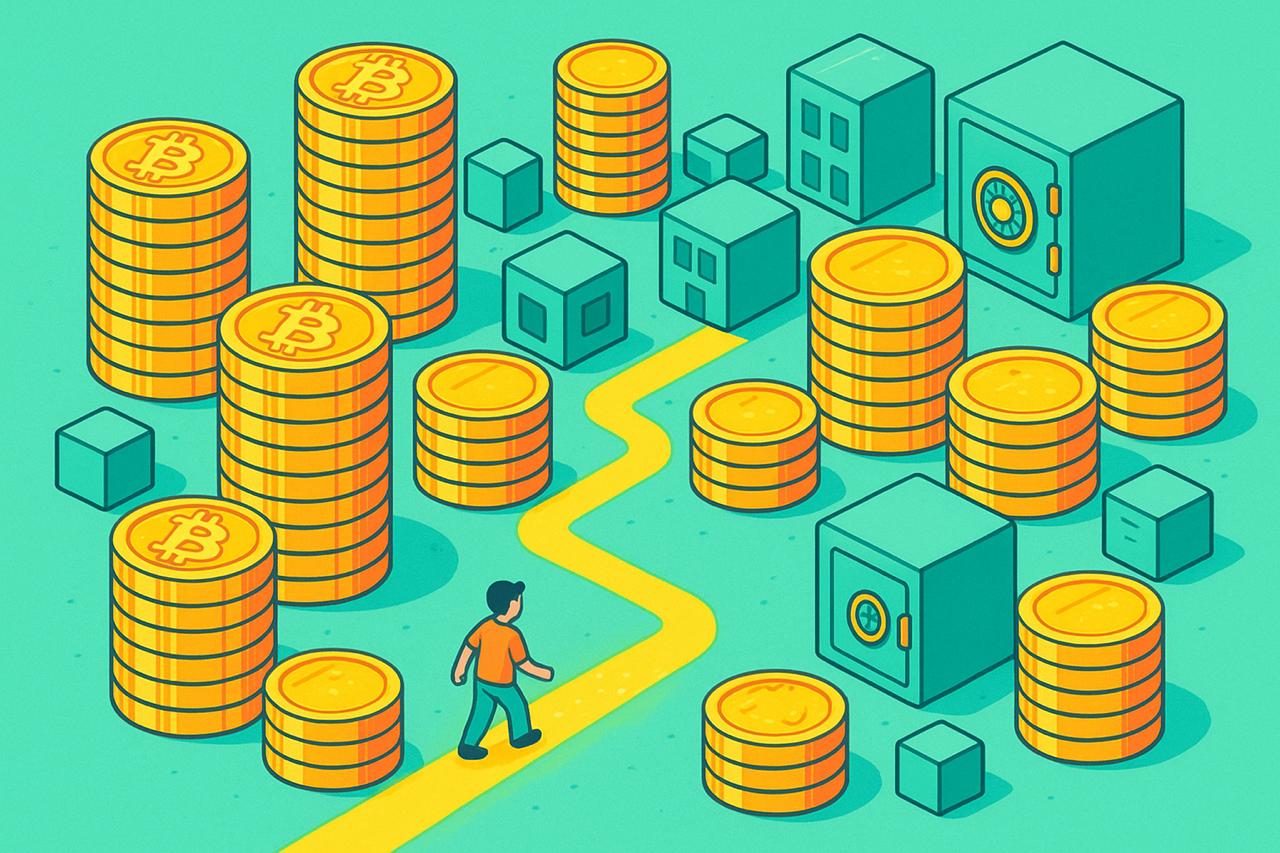Here’s why Bitcoin mining stocks Bitfarms and IREN are surging
Top Bitcoin mining stocks like IREN and Bitfarms have surged this year, helped by their expansion into the lucrative artificial intelligence data center industry.
- Some popular Bitcoin mining stocks have jumped this year.
- IREN and Bitfarms have added billions to their valuations.
- The growth is driven by their ongoing investments in the AI space.
IREN stock jumped from $5.17 in April to $37, pushing its market capitalization from $1.29 billion to $9.78 billion.
Similarly, Bitfarms soared from $0.6612 in April to $3 today, with its market capitalization hitting $1.63 billion. Its valuation is much higher than the $950 million that Riot Platforms wanted to buy it for.
Bitfarms and IREN stocks are rising amid AI bets
The main reason companies like Bitfarms and IREN are rising is that they are investing millions of dollars to become large players in the data center industry.
In August, IREN disclosed that it had acquired 4,200 Nvidia Blackwell GPUs and is in the process of buying thousands more.
While Bitcoin (BTC) mining is still its largest business, its AI cloud revenue nearly doubled to $7 million from $3.6 million in the same quarter in 2024. Its mining revenue rose from $141 million to $180 million.
The company hopes that the AI industry will bring in annualized revenue of between $200 million and $250 million by December once it reaches 10,000 GPUs. Over time, the company hopes to deploy 60,000 GPUs at its sites in British Columbia.
Meanwhile, Bitfarms is also scaling its business to become a large player in the industry. It recently announced a reorganization that saw it exit the Argentine market.
Its focus now is on its 250-acre project in Pennsylvania that it hopes will become a major provider of AI services in the U.S. It has partnered with TS Data Centers to build the project.
Bitcoin mining companies are replicating CoreWeave and Core Scientific model
Bitfarms and IREN are aiming to replicate the success of companies like CoreWeave and Core Scientific.
CoreWeave, which started as a Bitcoin miner, is expected to make over $5.26 billion in revenues this year and $12 billion in 2026. It has already inked a multi-billion-dollar deal with OpenAI, the parent company of ChatGPT.
Most notably, CoreWeave is in the process of acquiring Core Scientific in a $9 billion deal. This is a notable transaction as Core Scientific was about to go bankrupt a few years ago until it ventured in the AI data center business.
The AI data center industry is growing, as evidenced by the recently announced $17 billion deal between Microsoft and Nebius.
Most importantly, expanding into the AI space means that IREN and Bitfarms will not depend solely on the Bitcoin mining industry. A major challenge with Bitcoin mining is that a halving event happens every four years, reducing Bitcoin rewards.
Vous aimerez peut-être aussi

The $100 XRP Dream: Analyst Explains Why It’s A Fantasy

XRP Coinmarketcap Newcomer XRP Tundra Offers 25x Return Potential in Presale
